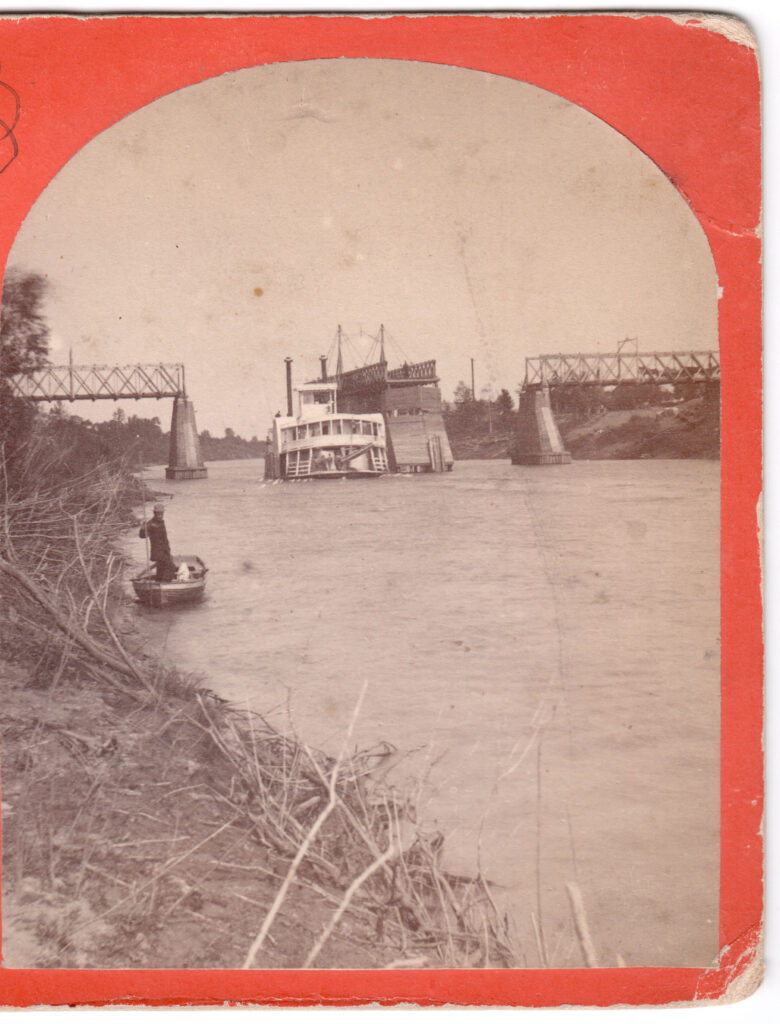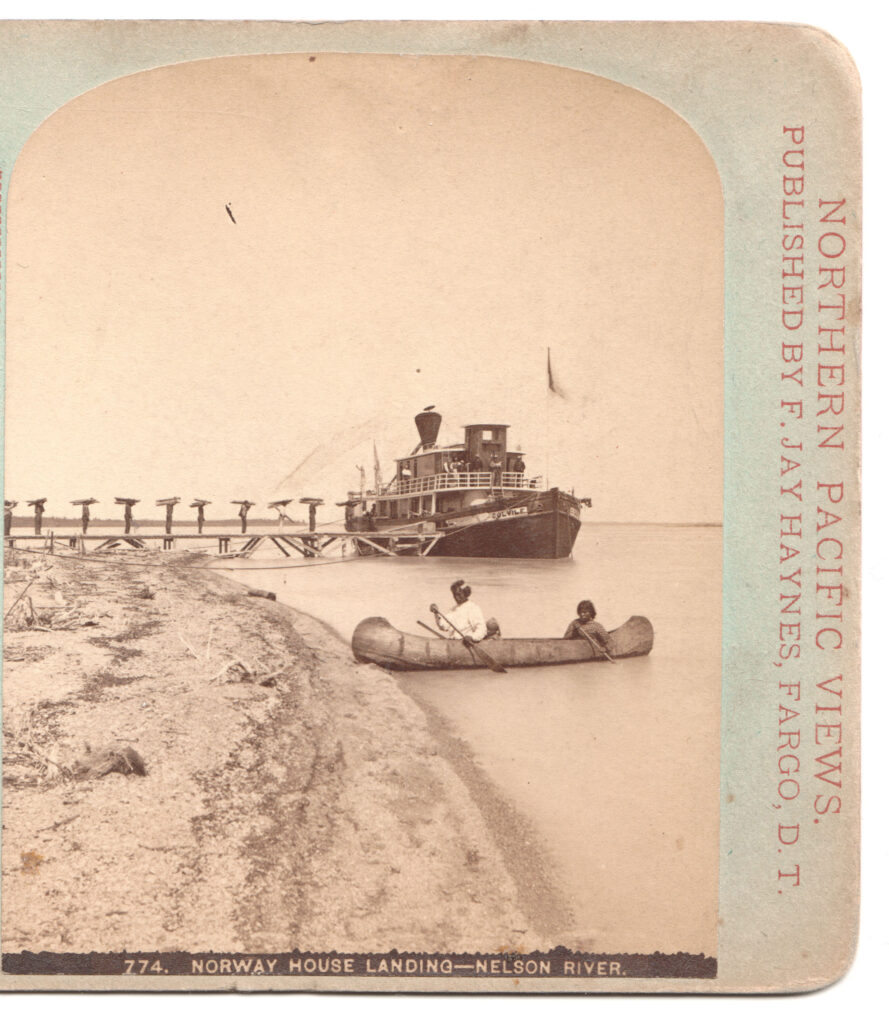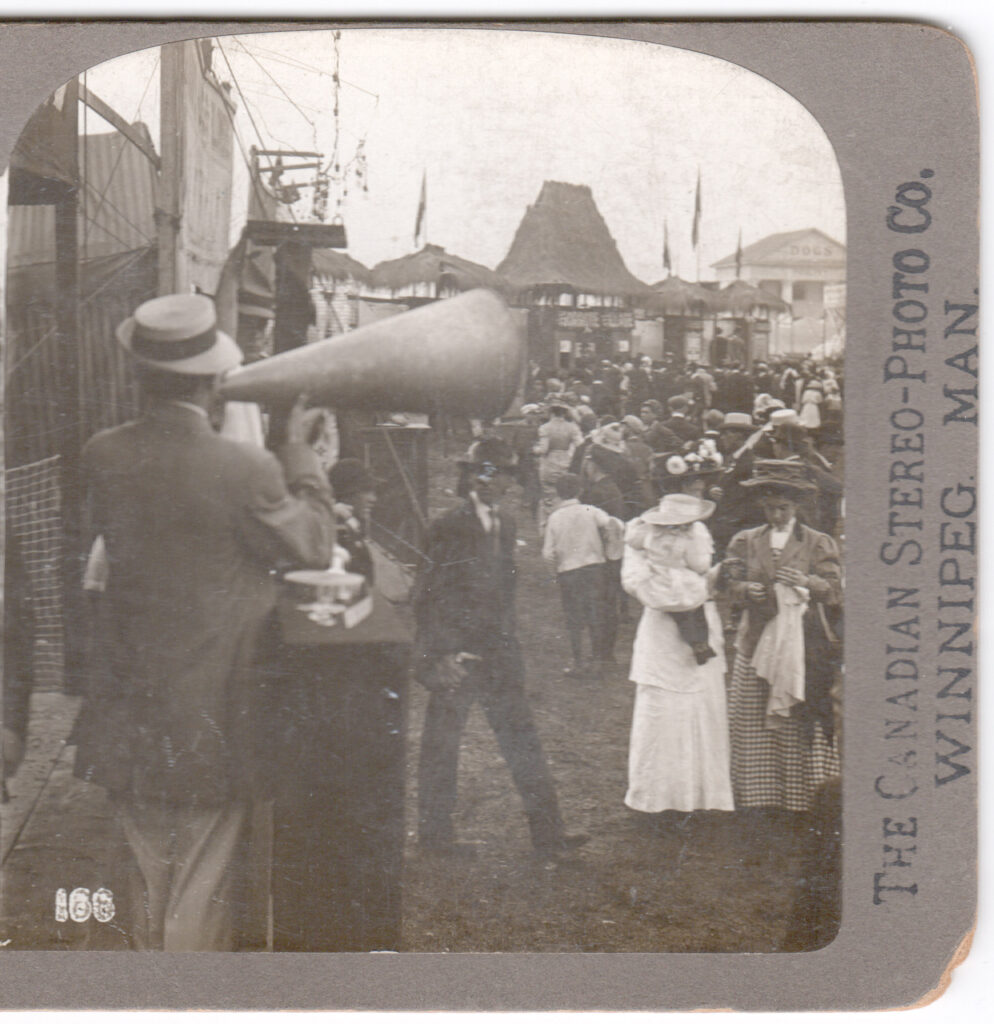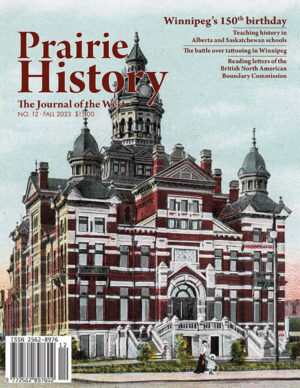Prairie
History
Prairie History covers the histories of Saskatchewan, Manitoba, and Alberta, as well as the US borderlands. Our goal is to publish the latest and best original work of young and experienced scholars, professionals and amateurs, as well as heritage news and commentaries related to archival and museum collections across the West.
Prairie History is illustrated and published in full colour, in print and digital formats.
CURRENT ISSUE
Prairie History # 12
Fall 2023
IN THIS ISSUE
Feature Articles
Prairie Pageant
-
Winnipeg, Incorporated
BY Sabrina Janke and Alex Judge | Winnipeg, Manitoba
-
Marked Man: Stephen Juba versus Painless Pancho and the Battle Over Tattooing in Winnipeg
BY Jason Woloski | Winnipeg, Manitoba
-
The Story of Emergency Housing in Winnipeg: “There’s no place to go.”
BY Doug Smith | Winnipeg, Manitoba
-
Abandoned Manitoba: Winnipeg’s Palace Theatre
BY Gordon Goldsborough | Winnipeg, Manitoba
-
Reading the Letters of the British North American Boundary Commission
BY Audrhea Lande | Winnipeg, Manitoba
-
The CPR Route in Saskatchewan
BY Bill Waiser | Saskatoon, Saskatchewan
Book Reviews
-
Jim Tanner, David R. Miller, Tracey Tanner, and Peggy Martin, Owóknage: The Story of Carry the Kettle Nation, University of Regina Press, Regina, 2022, 280 pages. ISBN 978-0-889778-14-6, $39.95 (paper)
BY Dr. Andrew M. Miller | First Nations University of Canada
-
Kevin Nikkel, Establishing Shots: An Oral History of the Winnipeg Film Group, University of Manitoba Press, Winnipeg, 2023, 444 pages. ISBN: 978-1-77284-103-1, $34.95 (paper)
BY Jerry White | University of Saskatchewan
-
James Naylor, Rhonda L. Hinther, and Jim Mochoruk, eds., For a Better World: The Winnipeg General Strike & the Workers’ Revolt, University of Manitoba Press, Winnipeg, 2022, 408 pages. ISBN 9780887552991, $31.95, (paper)
BY Shannon Stunden Bower | University of Alberta
-
Murray Peterson, Max Blankstein: Architect, Winnipeg Architecture Foundation, 2022, 144 pages. ISBN: 978-1-988321-05-9, $35.00 (paper)
BY Piper Bernbaum | Carleton University, Ottawa
-
Sheila McManus, Both Sides Now: Writing the Edges of the North American West, Texas A&M Press, College Station, Texas, 2022, 224 pages. ISBN: 978-1-62349-999-0, $47.00 (hardcover)
BY Jim Mochoruk | University of North Dakota
-
Daniel Robert Laxer, Listening to the Fur Trade: Soundways and Music in the British North American Fur Trade, 1760-1840, McGill-Queen’s University Press, Montreal & Kingston, 2022, 304 pages. ISBN 978-0-2280-0859-0, $49.95 (cloth)
BY Scott P. Stephen | Parks Canada
Artifactual
Prairie Gazette
-
Then and Now: ACOMI We Belong
BY Chuks Ojidoh | ACOMI, Director of Programs
-
Innovative Tours Launched by Winnipeg Architecture Foundation
BY
-
“Clinker Bricks” Celebrated in Edmonton Buildings
BY
-
South Saskatchewan Honours its Military Legacy
BY
-
Prairie Fall Heritage Activities
BY
-
Ogema, Saskatchewan; A Heritage Showpiece
BY Carol Peterson | Secretary Treasurer, Deep South Pioneer Museum, Ogema, Saskatchewan
-
Cold Lake Museums Collective
BY
-
Remembering Hugh Dempsey, the Right Man at the Right Place at the Right Time
BY Don Smith
-
Historical Society of Alberta Publishes The Engagement Letters of Marie Harwood and Sam Steele, Oct. 1888–June 1889
BY Connor J. Thompson | University of Alberta
-
Dr. Patricia Kell Appointed as Executive Director for the National Trust for Canada
BY
-
Photographing Ghosts
BY Tracey Turner
-
2023 Heritage Saskatchewan Awards
BY
-
Manitoba Heritage Minutes
BY
CURRENT ISSUE
Prairie History # 12
Fall 2023
Collect
your copy!
This issue has been mailed to subscribers and is available for purchase in print or digital.
The journal Prairie History (ISSN 2562-8976 print | 2562-8984 online), published by the Manitoba Historical Society, combines scholarly articles with popular history as well as book reviews and other specialty pieces. The Prairie Gazette heritage newsletter is also part of each issue. It is the only journal in Canada to combine these diverse approaches in one place.
In 2020, Prairie History replaced Manitoba History.
Contributor guidelines, including formatting conventions for manuscripts, are available here.
Submissions to Prairie History are welcome and should be directed as follows:
Feature articles | Prairie Pageant articles | Prairie Gazette articles | Reviews
Collect
your copy!
This issue has been mailed to subscribers and is available for purchase in print or digital.
Keeping Manitoba and Prairie history alive for future generations

PRAIRIE HISTORY
Subscribe now to get the latest issue of Prairie history mailed or emailed to you as its published.

WE WANT TO HEAR FROM YOU
Readers’ responses to articles published in Prairie History are welcome. Letters that add substantial information or new perspectives may be published, and will be edited for clarity and length at the discretion of the Editor.

AVAILABLE FOR PURCHASE
Manitoba History (1980 to 2019) published peer-reviewed scholarly, articles, documentary selections, essays, pictorial essays, and reviews relating to the social, economic, political, intellectual, and cultural history of Manitoba and the Canadian West.

